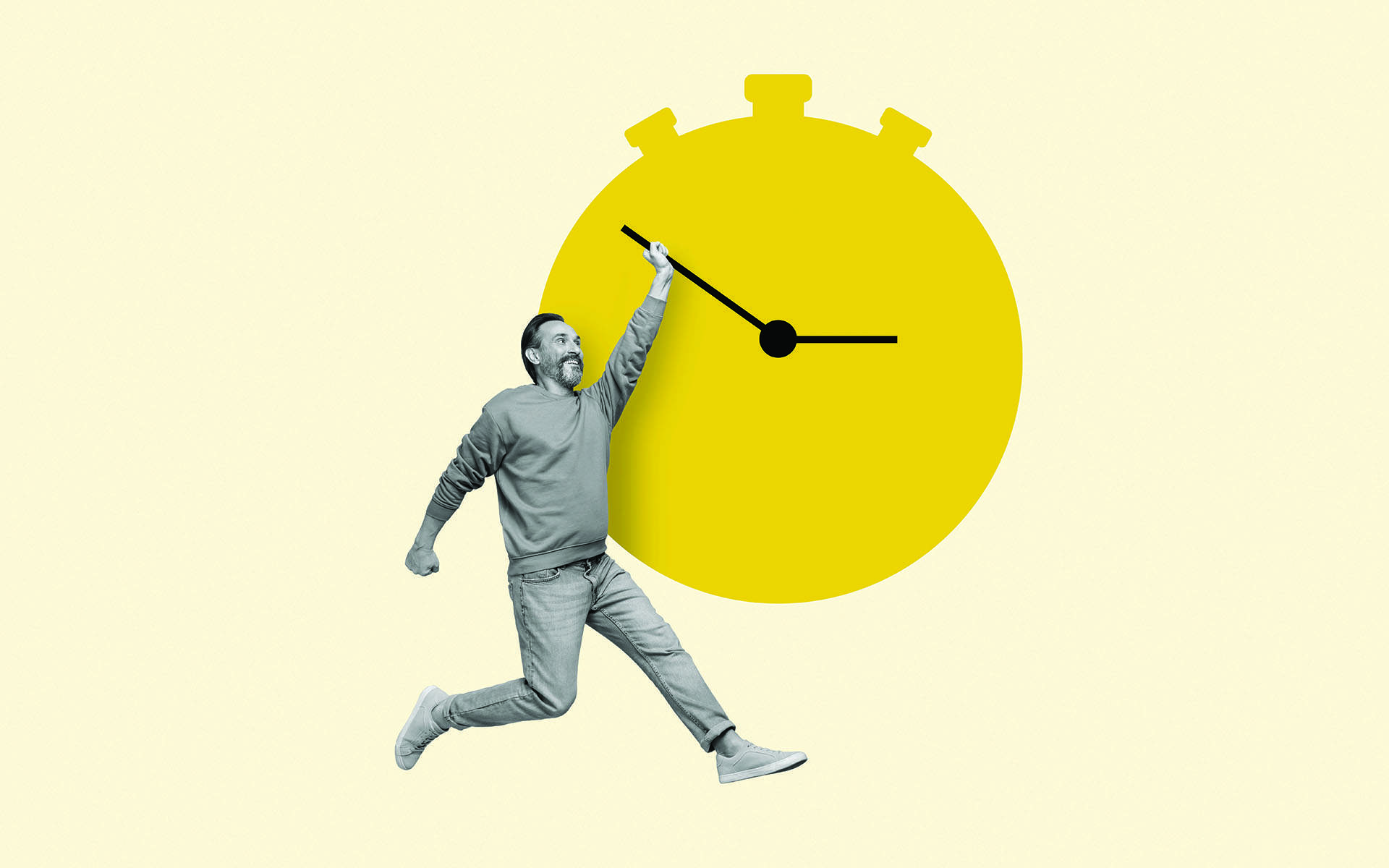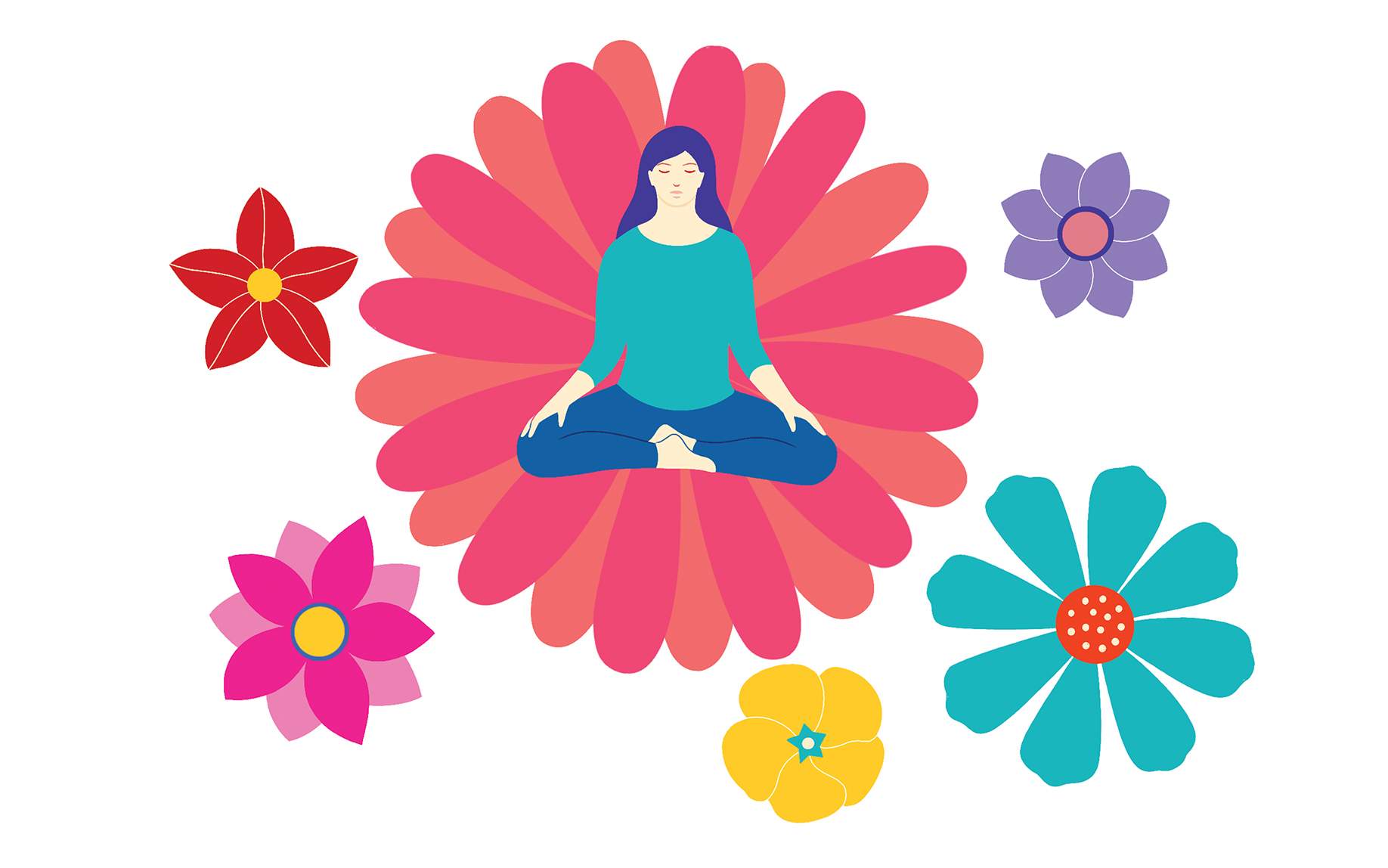I learned the cost of stress during a pivotal time of my career. By the end of my first year serving as the president of Starcom Mediavest Group, traveling 500,000 miles a year managing over 100 offices globally, I had had six root canals from grinding my teeth at night. When leaders are overwhelmed and depleted, they run the risk of consuming the energy of those around them.
When I was in the Army, I was taught from day one of Ranger training to “Put your own boots on first.” In fact, looking after ourselves before others is not selfish. It is necessary to be ready to lead. Radical self-care is ultimately a selfless practice that ensures we are ready and recharged before giving our full attention to the people who depend on us for motivation, vision, and inspiration.
Effective leaders understand the importance of maintaining positive emotional energy. It sets the tone for workplace culture, motivates teams, and creates a safe space for innovation. But it starts with a foundation of radical self-care cultivated by mindfulness, meditation, and movement.
Forget what you have heard about these practices as chores and instead, think about them as small, daily steps designed to replenish your energy, not add to your burdens.
Power of the Pause
One of the biggest misconceptions about practices like meditation is that they require long-term unwavering commitment and hours of your day. The radical part of self-care is that it is so simple and organic, yet it runs counter to the overwhelmed worker’s first refuge: distraction.
The former vice president of People Development at Google, Karen May, used the practice of taking one mindful breath before every meeting to reset mentally and physically. It took her six seconds.
The six seconds between is a potent symbol for bringing attention to the present moment and for the natural moments of pause that life provides.
Instead of getting frustrated about the time wasted, take a moment to be present and aware of your surroundings, your breath, what you can hear, see, taste, smell, and feel.
We can use these short breaks to breathe consciously, practice gratitude or simply observe our surroundings. You can do this almost anywhere and anytime, even while waiting in a queue. Instead of getting frustrated about the time wasted, take a moment to be present and aware of your surroundings, your breath, what you can hear, see, taste, smell, and feel. These moments of awareness and appreciation are meditation.
The Science of Overwhelm
After Starcom, I cofounded a venture incubator, Abundant Venture Partners. We worked with Dr Richard Davidson, a professor at the University of Wisconsin-Madison who has spent 30 years studying people’s brains. His research on the prefrontal cortex showed that with the advent of new technology, our stress responses are increasing in frequency and intensity, and it is reshaping our brains.
One study by research firm Dscout estimated that the average user touches their phone 2,617 times a day, and that for most people, it is a triggering moment. Our brains and bodies are designed to respond to stress stimulus a few times a day but are not programmed for a 24-hour-a-day email onslaught. As a result, we are in a constantly triggered state, and our attention and focus has never been so frayed.
So when people say they are overwhelmed, it’s a physical fact. We are running new software on old hardware. The brain and body are wired to remember the bad events because that helped us survive much earlier in our evolution. Science calls this tendency “negativity bias.” We need to change the patterns.
Set Bite-Sized Goals
Meditation is less about achieving some transcendent state akin to a Japanese monk and more about training our ability to be nonjudgmentally aware of the present moment—which may also help us keep our minds from swinging wildly from thought to thought. (What are the 50 things I need to do? What are the emails I didn’t answer? Who are the people I need to call?). It’s about asking “what is” now versus “what if.” It allows us to focus on what we can control and effect now.
A recent Canadian study by researchers at Queen’s University estimated we have over 6,000 thoughts a day. Being in the present moment unfixes us from the negative cycle of dwelling on the past and projecting into the future. It helps us choose how we want to respond to challenges that arise.
Dr. Davidson’s research suggested that 20 minutes of meditation three times a week is all you need to become less vulnerable to stress. The effects are cumulative. You can do it in “snackable” moments like clearing your mind before a meeting or call, pausing during the day, or taking stock of the positive things that occurred at the end of the day.
Move for Change
When I first got out of the Army, my attitude to exercise was that if I didn’t run five miles, it wasn’t worth running. The movement component of radical self-care dispenses with the old no-pain, no-gain dogma. It emphasizes small, consistent practices.
It may feel silly but switching off the camera during a Zoom call and doing lunges, squats, and touching your toes will stimulate adrenaline to increase your heart rate and feel better. A walk around the block twice a day breaks the stress cycle. Be inventive. Do five-minute yoga stretches, take the stairs, park in the farthest spot. Be intentional and creative about how you move your body and your brain will benefit.
Stop Judging Yourself
Meditation and mindfulness overlap but they are not the same thing. Small moments of self-care cultivate the state of being we call mindfulness—an open awareness of thoughts and feelings without judgment.
In an age of curated social media content, some leaders believe they cannot betray any weakness. Frankly, there’s great courage and power in showing vulnerability. Something will eventually break, especially when we are constantly being called upon to make multiple, fast decisions. Sooner or later, no matter how good you are, you going to get it wrong.
I am not preaching from the pulpit. Throughout my extended career I have many failures to point to, I have been fired, and businesses I have started have come apart at the seams. Mindfulness has taught me not to make these experiences a measure of my intrinsic value but instead to regard them as valuable moments of learning.
The capacity to detach from the outcomes, focus on what we can learn from the experience, and acknowledge our challenging emotional states are all part of mindfulness. Simply naming when you feel triggered can solve many problems. The practice of non-judgment can help you come to peace with the difficult choices you make on a daily basis and move on to the possibility of the now.
The Radical Shift
At a time when the demands on our attention feel insatiable, there is no way around meditation, mindfulness, and movement to recharge. As leaders, it is essential we model such practices for our employees, which may invite them to also become more aware of themselves and how they show up for their colleagues. As humans, it allows us to show up each day kind, creative, and focused. Taking the time for radical self-care is not a burden but rather a practice that will allow you to live each day to the fullest. Take the time.
READ MORE
What to Do When Self-Care Feels Like a Burden
When even the three-minute breathing space feels like work, we may just need to give ourselves a break.
Read More
The Power of Sustainable Self-Care
Shelly Tygielski explores how consistently showing up for yourself first lays the foundation for our life’s purpose—showing up for others—and how to create your own self-care practice.
Read More
A Guide to Practicing Self-Care with Mindfulness
Making sure our own needs are met is as important as taking care of those we love most. When turning your attention toward yourself feels challenging, there are simple ways to move through the discomfort. Explore our new guide for tips, practices, and reminders on how to engage in self-care.
Read More









